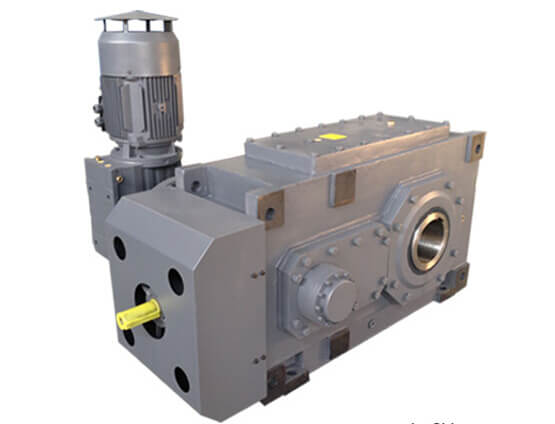Advantages and Disadvantages of Bucket Elevator
Bucket elevator is a continuous conveying equipment for conveying powder, granular and small block materials vertically or at large inclination angles. The advantages of the bucket elevator are that the structure is simple and compact, the cross-sectional dimension is small, which can significantly save the floor space; the lifting height is large; it has good sealing performance, which can avoid polluting the environment. The disadvantage is that it is sensitive to overload; the hopper and traction components are easy to wear; the types of conveying materials are limited.
Many industries nowadays make use of bucket elevators to make processes easier. They are so versatile that you can use them for a batch process, small scale, or at a mini-scale level. Also, they are equally effective when it comes to handling materials. Anything excellent does have a drawback too. Similarly, bucket elevators are versatile and efficient but they also have some limitations. There are many problems that they may sort it out but there are a few that they can’t. They meet your needs on a day-to-day basis but there is something that is out of its reach. Let’s see some advantages and limitations of the bucket elevator.
ADVANTAGES
- It makes use of energy effectively for material transport rather than air as in the pneumatic system.
- They are compact hence they use less ground space.
- You can avail them for handling different capacity of materials.
- They can handle various types of materials and it behaves gently with it.
- It can handle materials at low temperatures and can manage free-flowing material too.
- One of the main advantages is that it can move materials vertically upwards unlike belt conveyors.
- They can elevate in all type of weather conditions.
- They can carry the free flow material or material with poor flow characteristics.
- Buckets are available in different shapes and sizes and hence can be availed as per your requirements.
- A great development is made over the years in head-boot profiles, manufacturing, orientation etc.
Bucket elevators are extensively used in industries and it has made its place there. However, it also has some limitations that you may check it out here.
LIMITATIONS
- The installation cost is on the higher side as compared to other conveyors.
- You need to look at the maintenance measures continuously.
- You may have to deal with a problem if you miss out on maintenance.
- One may want to keep a close eye on maintenance but it is equally tedious.
- In a bucket elevator system, if one bucket fails then you may find troubles handling other buckets too.
- Bucket elevators cannot handle fibrous material type. The reason is that they do not easily occupy the bucket space and their nature leads to wear and tear easily.
Structure and working principle
The closed traction member is wound around the upper and lower sprockets, and is tensioned by the tensioning device on the base through the lower redirecting sprocket, which is driven by the upper driving device. The material enters from the lower feeding port, and the material is lifted to the upper part by the hopper. When the hopper bypasses the upper sprocket, the material is thrown out under the action of gravity and centrifugal force, and is transported to the silo or other equipment through the discharge port. middle. The hoist forms an endless closed loop with an ascending on-load branch and a descending unloaded return branch.
Classification method of bucket elevator
1. According to the direction of conveying materials, it is divided into vertical type and inclined type.
2. According to the discharge method, it is divided into centrifugal type, gravity type and mixed type.
3. According to the charging method, it is divided into digging type and inflow type.
4. According to the form of charging, it is divided into deep bucket type, shallow bucket type and pointed bucket type.
5. According to the form of traction member, it is divided into belt type and chain type. The chain type is divided into ring chain type , plate chain type and so on.
6. According to the working characteristics, it is divided into heavy, medium and light.
7. According to the moving speed of the hopper, it is divided into fast elevator and slow elevator. The former is unloaded by centrifugal type, and the latter is discharged by gravity type or warm-up type.
FLK Drive Bucket Elevator Drive description:
Helical Bevel gear units are widely used in the driving units of belt conveyor, apron coneyor, bucket elevator, underslung conveyor, screw conveyor, roller conveyor, vibrating conveyor, etc.The gear units are specially designed according to bucket elevator’s structure and transmission characteristics. The gearbox combines auxiliary drive and is compact. The main and auxiliary drives can be automatic switched through electronic control, which do not need extra manual operation and is convenient for fitting and adjusting by customers.The auxiliary drive not only can be used when machine in maintemane or repair by users, but also meet low speed transmission with load.The main gear unit equipped with backstop can prevent reversing when machine not running or in malfunction.




